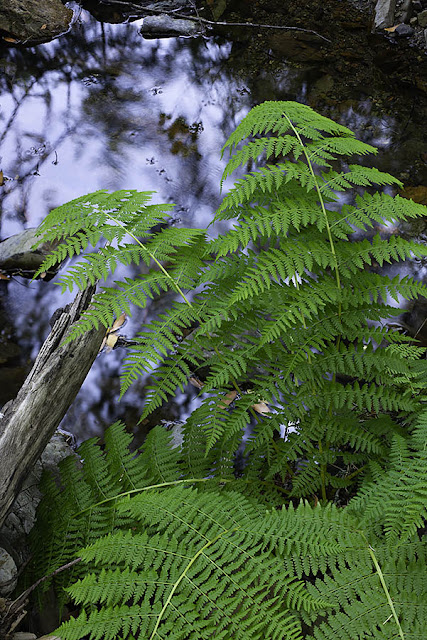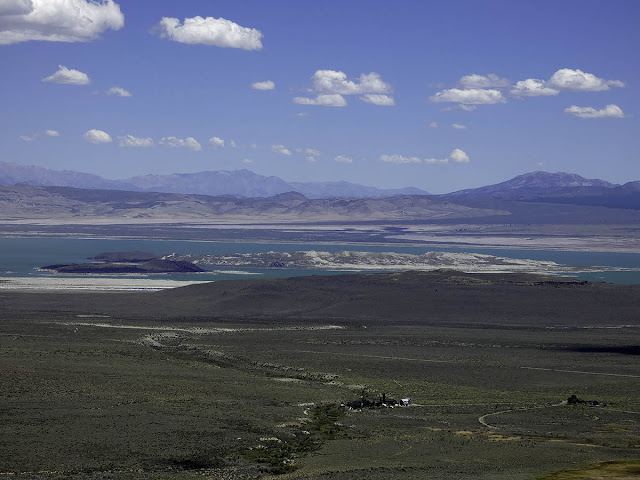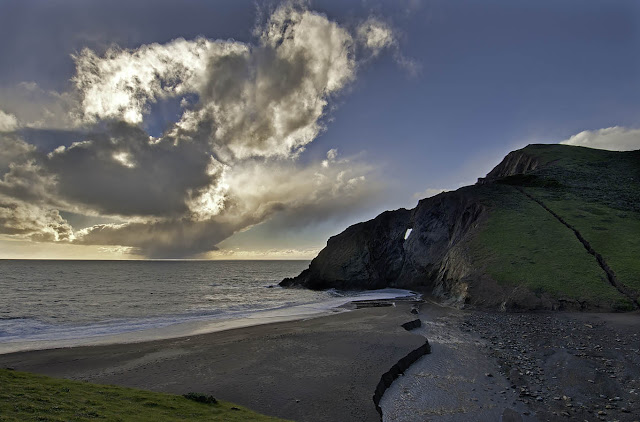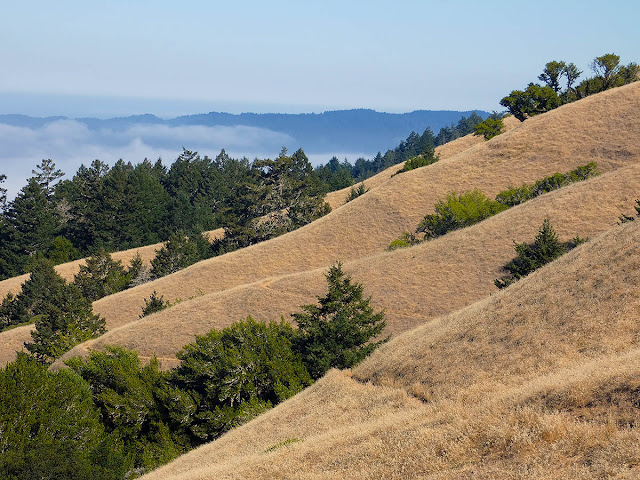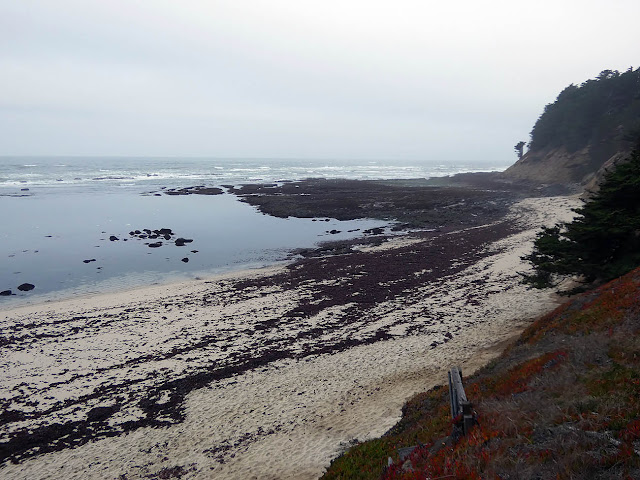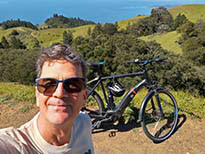 |
| Backyard Dutchman's Pipe (Aristolochia californica) |
A couple of years ago I walked down to Strybing Arboretum and found someone who could sell me a pipevine plant. The clerk at the little store near the entrance sent me to the nursery greenhouses down by the California garden. I snooped around until I found a gardener who offered to see if they had one they could sell me, and she soon came back out with a fragile little sprig. For the price of sixteen bucks, quite a bit more than the typical potted plants I get at Sloat Garden Center, I had another California native to plant out back. It joined a hazelnut and a huckleberry that I planted more than ten years ago.
The little sprig looked so fragile that I didn't let myself get too attached to it. But it was still alive the following season, and I kept coddling it, giving it a little extra water and pulling out any nearby weeds or other competition.
One day I happened to look down from the stoop above the garden and saw the cat sleeping right next to it, oblivious. I placed a ring of thin sticks around the base of the plant to make sure she didn't accidentally crush it. It has so far survived the cat, as well as visiting skunks, squirrels, raccoons, rats, slugs, and gophers. It's a winter-deciduous plant, and after its first growing season it soon looked even more pitiful than when I first planted it, so I was relieved to see new growth on it after its first winter.
At the end of January this year it flowered for the first time. Just one flower. Our yard gets very little direct sunlight (even when it's not foggy), so growth is unsurprisingly slow. Because it had already bloomed earlier this year, I was cheerfully surprised this week to see that it had bloomed yet again, and again with just one flower.
And such a cool flower it is. According to the California Native Plant Society, "[t]he flowers have an unpleasant odor which is attractive to tiny carrion-feeding insects. The insects crawl into the convoluted flowers and often become stuck and disoriented for some time, picking up pollen as they wander. Most eventually escape; the plant is not insectivorous as was once thought."
I can't detect any odor at all from the lone flower I have, and looking down into the pipe reveals no fungus gnats or other critters, carrion-feeding or otherwise. When I trained my macro lens on the flower I did see a spider tiny enough to hide behind a grain of rice scuttle up the flower stalk. Maybe it is a hunter of other tiny visitors.
My neighbor, a former gardener at Golden Gate Park who at the age of 95 still does vigorous gardening by volunteering with the Recreation and Parks Department, has much more mature pipevine plants in his back yard. Much of his pipevine climbs the oak tree he planted from an acorn back around the time my wife was born, and his plants have hosted numerous pipevine swallowtail caterpillars (which I believe he got from the arboretum, if I recall right). I hope one day my plant becomes robust enough to be a host as well, and perhaps to provide a little genetic diversity should any pollinators visit the flowers in both our yards.
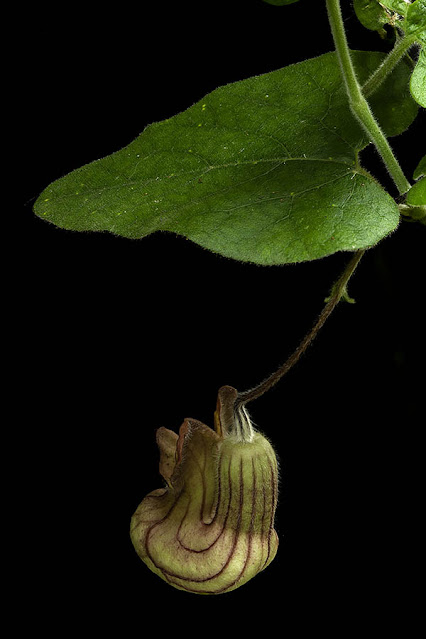 |
| Hanging by a Thread |
 |
| Phone Snap, Jan. 30, 2022 |
 |
| Phone Snap, Jan. 19, 2023 |
* * *


